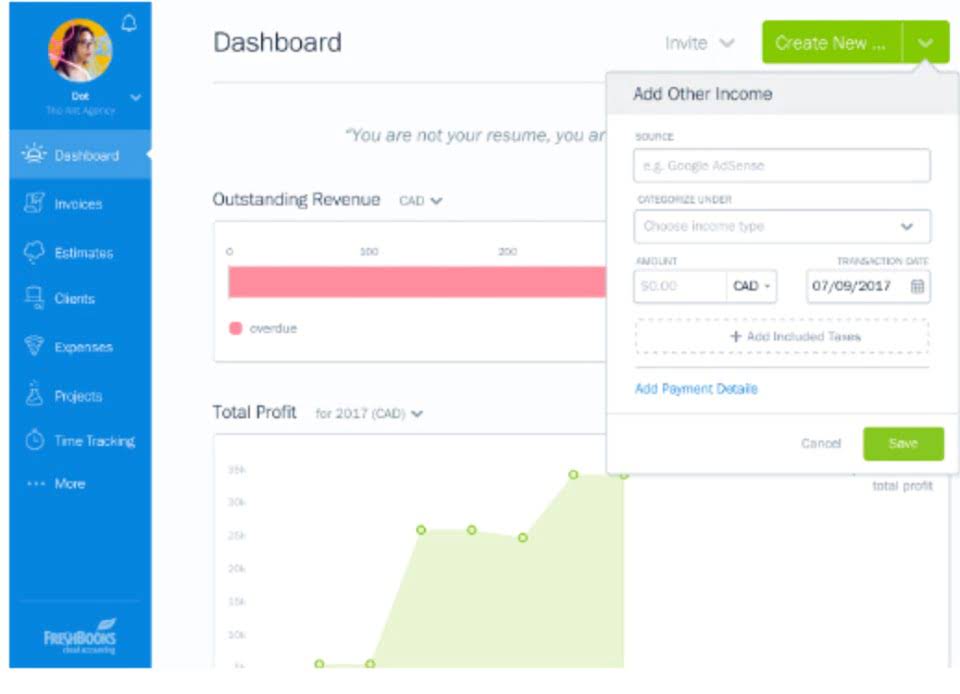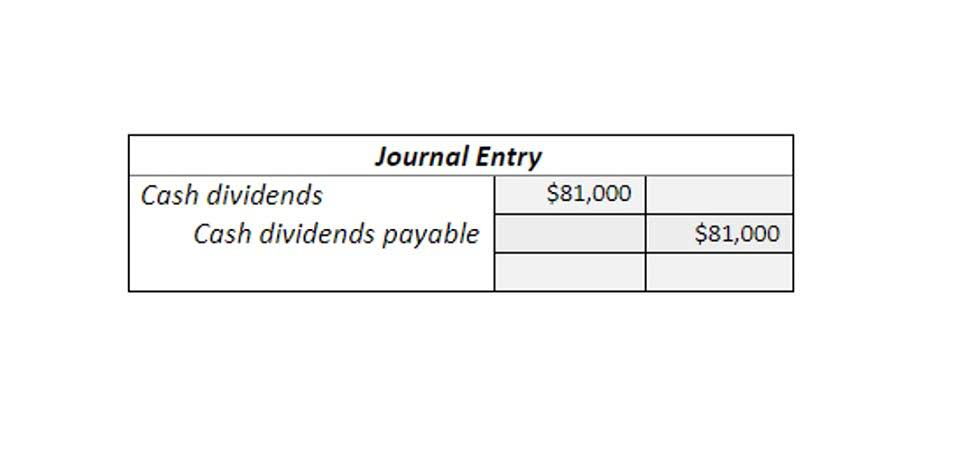
Learn how our spend platform can increase the strategic impact of your finance team and future-proof your company. Invoices physically routed for approval frequently sit on desks or get lost, extending payment cycles and damaging supplier relationships. Frustrated vendors may reduce payment terms, limit credit, or prioritize other customers as a result.
In-Depth Analytics and Data Insights

Paper-based departments struggle to locate supporting documentation scattered across filing cabinets, email inboxes, and shared drives during audits. This increases compliance risks and consumes valuable staff time in document retrieval. With automation, firms can easily maintain compliance, reduce stress, and focus more on providing value to their clients instead of worrying about regulatory pitfalls.
Processors
The expense report contains details about each expense like the category of expense, amount, and other relevant fields. Each of these fields can be customized to collect any specific categories or other data on each line item. This basic form can be used by employees to enter their information, attach receipts, and electronically sign the submission. Post-closing Trial Balance – At the end of the reporting period, a listing of all the balance sheet accounts with non-zero balances is prepared for the post-closing trial balance.
- Manually requesting files and following up when clients don’t respond on time wastes valuable hours and creates inefficiencies that delay work.
- An accounting system helps you prepare estimates & quotes, contracts, invoices, and purchase orders by extracting and auto-filling necessary details.
- Compared to the amount of money you spend on the accounting tool, you’ll save thousands of dollars if your data gets compromised.
- Time is money – cliche as it may sound, this adage applies to businesses of all types and sizes.
- From expenses to payroll, QuickBooks can be used to automate the entire accounting process.
- Cloud-based solutions, for instance, facilitate remote access to financial data, enabling collaboration across geographies and time zones.
Features
The best way to implement accounting automation is to start with one process, successfully automate it, and expand from there. Once you have a clear list of processes to automate, the next step is to select the right tools to integrate with your existing accounting system and gradually implement automation. Organise the management of your invoices with your staff and process each payment according to its due date. For example, if you’re running a small business that requires only basic bookkeeping and invoicing, then a basic plan may be a good choice for you.
Integrate real-time data from various sources for a centralized view
This documentation will serve as a baseline for identifying automation opportunities and measuring the impact of changes. Real-time data updates are a cornerstone of auto accounting, providing stakeholders with up-to-the-minute financial insights. Learn how the Sage Intacct works, understand its benefits, and discover how different types of organizations use it to what is an automated accounting system transform their financial operations.
- By automating the recording and processing of financial transactions, businesses can save time and reduce errors.
- The same automation handles 10,000 invoices as effectively as it processes 1,000, allowing finance teams to support business growth without proportional cost increases.
- This training creates a culture of efficiency and accountability, where everyone is aligned with the company’s automation goals.
- Financial accounting tools simplify this process by consolidating financial data, categorizing transactions, and generating structured reports.
- Since they have access to readily available financial reports, accountants can do their jobs better by allowing them to make educated business decisions faster.
- In addition, we can help you outsource accounts payable and receivable, supplement your existing team with an outsourced CFO, and more.
Provides quick access to information

Research and select accounting software that aligns with your business needs and goals. Look for platforms that offer automation features like automatic invoice generation, bank reconciliation, expense tracking, and customizable reporting. Consider factors like scalability, user-friendliness, integration capabilities, customer support, and protection from data security breaches. Perhaps you’re trying to offload transactional accounting tasks or optimize your accounts payable process to reduce errors and save time.


For example, by automating payroll with dedicated payroll software, your business can significantly reduce payroll errors—potentially by up to 95%. This helps avoid costly fines and tax penalties, potentially saving thousands of dollars each year. For example, by automating bookkeeping and payroll using an all-in-one accounting tool, your business can reduce staffing needs and potentially save up to $40,000 annually. For example, QuickBooks automation can track sales transactions for your e-commerce store, reducing data-entry errors by up to 80% and saving your team over 10 hours per week in bookkeeping tasks. This dashboard simplifies vendor payment tracking by offering a real-time view of unpaid bills, due dates, unearned revenue and payment status. By displaying key insights in one place, it helps manage cash outflows effectively.
- Knowing which accounting automation solution is the right one for your business requires diligent and methodical research conducted by you and other leadership team members.
- Automation relies on clean, structured information to deliver reliable results, and inconsistencies in data can lead to errors in financial reports or decision-making.
- According to McKinsey Digital Insights reports, the adoption of financial automation grew 120% over the last five years.
- Accounting automation involves using technology for accounting tasks with little need for human intervention.
- Switching to accounting system automation is inevitable as businesses go digital.
- From improving cash flow management and decision making to reducing costs, the benefits of business automation are hard to ignore.
Automating the payroll function saves the team the time and effort needed to go through the records, and improves the accuracy of payroll reports. And, if you decide to hire accounting professionals, you can have them focus on higher-level needs. Accounting firms can help with detailed financial statements, Restaurant Cash Flow Management forecasting and financial planning, and tax preparation.
Improved Compliance
Have you ever wondered why the UK business industry has such a high adoption rate for cloud computing over the rest of Europe? There are a lot of reasons for the UK’s cloud-first mentality, but one factor in particular is government incentive programs that incentivize businesses to adopt cloud solutions. A blog around how the cloud helps businesses deal with accounting and book keeping.

